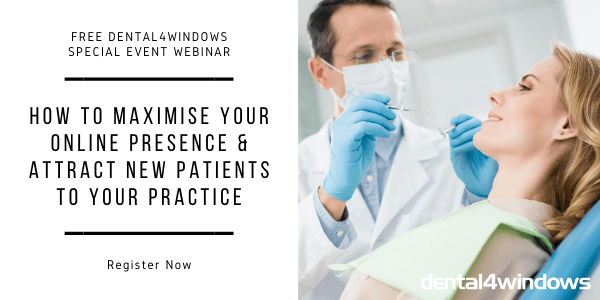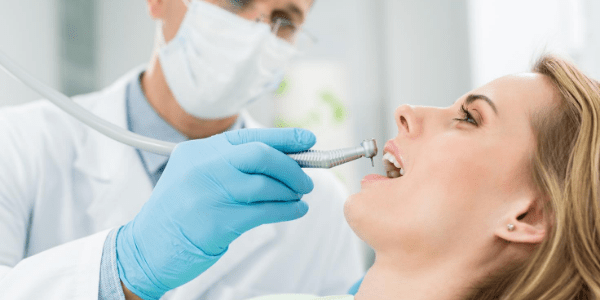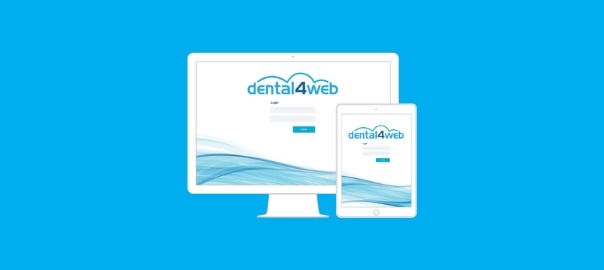Dental4Windows online bookings service, eAppointments with the Patient Discovery network, has opened dental practices up to 1.6 million potential new patients. Now with the addition of HealthEngine integration with eAppointments, new patient acquisition is set grow.
In July, dental practices who have activated Patient Discovery as part of their eAppointments service have seen a 250% increase in new patient online bookings compared to January of this year.
With over 1,000 dental practices using HealthEngine and thousands of patients booking their dental appointments on the platform each week, leading to an additional opportunity for practices to grow their business and maintain their existing patient book.
Here are some pro tips from Silke Goette, joint owner of Jindalee Family Dental practice, on making online bookings work for you.
How does it all work?
Patients needing a dental appointment can search for their preferred practice, a practice near them or for certain appointment times. Patient Discovery partners and HealthEngine networks allow easy viewing of available appointments slots and times, which patients can easily book online with a click of their mouse.
Patients love having the option of a 24/7 booking convenience, which correlates nicely with practice growth
Silke says that when she joined, she knew patients would be busy during the day and would prefer to book their appointments online, and after hours at a time that suited them.
Using the D4W Integration
With the integration, practices can publish their available appointments straight to partner booking directories without any manual handling.
Practices control what times are available for publishing online through D4W and they are then made available online through all partner directories through eAppointments.
Silke says the best way to use online bookings depends on how you manage your books. “On Thursdays I only want to be open for certain procedures so I don’t publish appointments for that day. I manage the flow of my check ups and scale and cleans to the afternoon, keeping the more involved dental work to the mornings when my dentist is freshest.”
Integrating D4W with HealthEngine is a one on one call with an Implementation Manager. They’ll take you through setting up your profile, your appointment types and any other questions you have. Once you’re comfortable with the system, you can run with the processes that best suit your practice.
Pro tips
It’s no surprise practices that do well with online bookings are the ones consistently publishing all their booking availability.
Silke says the negative stigma around publishing too many appointments doesn’t exist from a patient’s point of view – they want to book when it best suits them. She stated this strategy is proving very effective as her practice is usually booked out a month in advance, just leaving openings for emergencies.
You’ll have access to our Customer Success team who will be on hand to suggest ways to optimise your profile for more bookings or review your performance reports and identify opportunities for you.
Silke likes to review her practice performance reports each month, including their spend and booking data to help calculate ROI and optimise the patient experience.
Our final pro tip is consistency. Committing to HealthEngine as a marketing channel and publishing regularly will help you achieve your goals. On average, dental practices on our platform receive 6 new patients per month.
Find out more
To find out more or to book a free demo, visit the HealthEngine for Practices website here.

Join special guest hosts Jake Howard and Renee Newton from HealthEngine, on 20 October for the How to Maximise Your Online Presence and Attract New Patients to Your Practice Webinar.
We’ll run you through the key steps to take your digital marketing to the next level. You’ll get access to key patient insights from the HealthEngine network – where millions of patients visit every month to book their healthcare appointments. Plus we’ll also run you through how the HealthEngine integration with Dental4Windows works.



 Dental4Windows is taking its biggest software leap in 27 years with the
Dental4Windows is taking its biggest software leap in 27 years with the